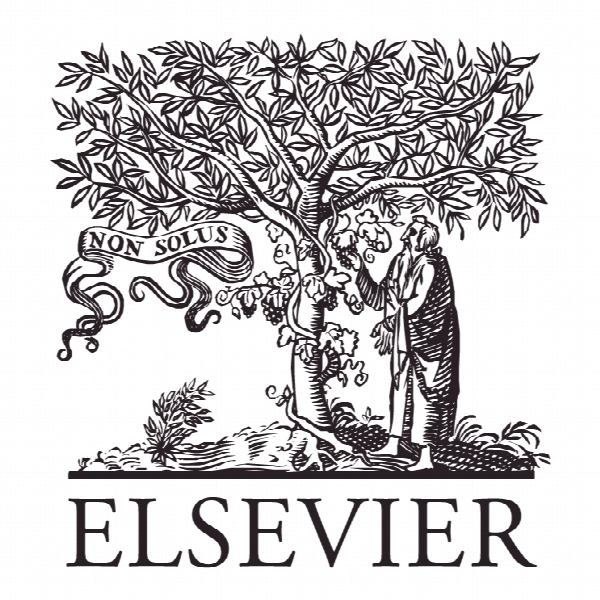بازرسی طراحی وب سایت خرده فروشی و نرخ تبدیل An examination of retail website design and conversion rate
- نوع فایل : کتاب
- زبان : انگلیسی
- ناشر : Elsevier
- چاپ و سال / کشور: 2017
توضیحات
رشته های مرتبط مدیریت
مجله تحقیقات بازاریابی – Journal of Business Research
دانشگاه ایالتی تنسی، امریکا
نشریه نشریه الزویر
مجله تحقیقات بازاریابی – Journal of Business Research
دانشگاه ایالتی تنسی، امریکا
نشریه نشریه الزویر
Description
1. Introduction Retailers commit substantial resources to developing online brands and e-commerce sales channels. In 2014, global online retail sales reached $1.3 trillion annually, representing over 5% of total global retail sales (EMarketer, 2014). Although record levels of activity underscore sales opportunities, 96% of all visits to a website do not end with product purchases (Neilsen NetRatings, 2005; Statista, Inc., 2015). This low conversion rate worsens when consumers switch to mobile devices (1.2%) (Statista, Inc., 2015). Thus, firms wishing to decrease their cost-perconversion rate require knowledge of consumer behavior that occurs between the time points a user enters and exits a website. Consumers linger in a company’s website longer if they feel immersed, without mental interruption, in the content of that space. Prior research identifies this psychological state of deep immersion into an activity, called flow, as a potential influence on consumer behavior and e-commerce consumption (Richard & Chandra, 2005; Rosen & Purinton, 2004; Sicilia, Ruiz, & Munuera, 2005; Smith & Sivakumar, 2004). It proposes that website design has a considerable effect on the immersion a consumer feels, and thus increases the likelihood that the user stays through conversion (Visinescu, Sidorova, Jones, & Prybutok, 2015). This research examines whether website design features are associated with conversion rates. It examines websites of leading online retailers for specific design features and tests for association between these features and the site’s conversion rate.


